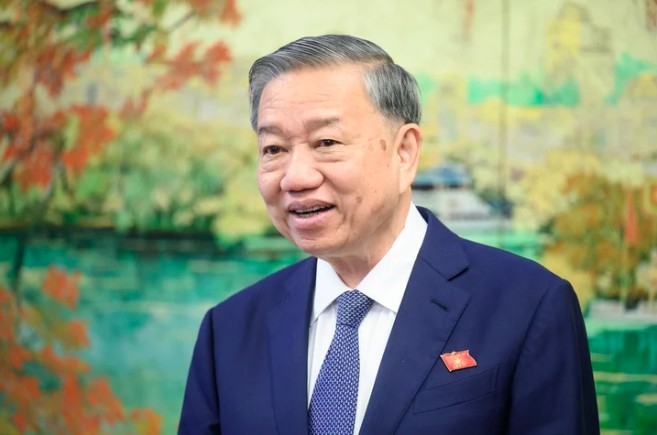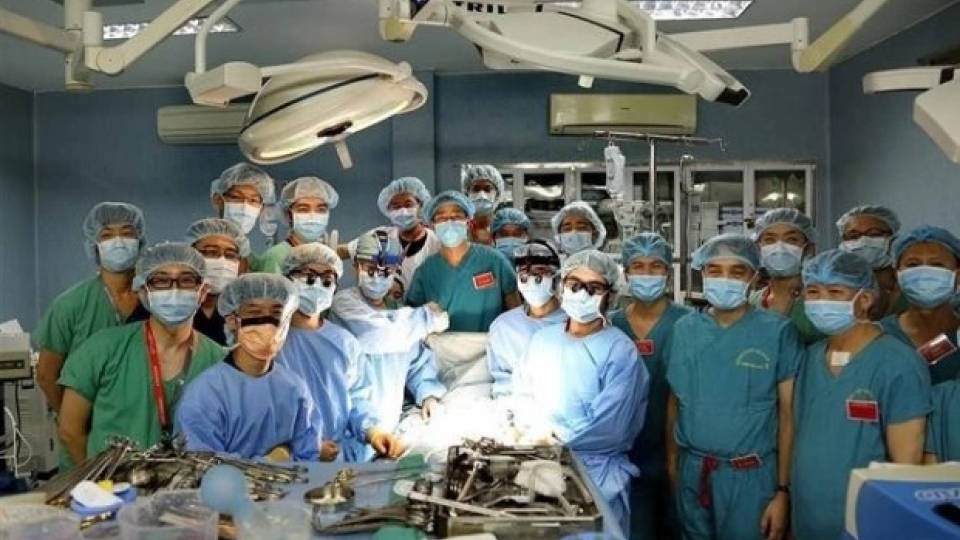Party chief calls for universal free healthcare by 2030–2035
VOV.VN - Party General Secretary To Lam has called for a roadmap to gradually reduce the financial burden of medical expenses on the public, with the goal of achieving universal free hospital care between 2030 and 2035.

The Party Central Office has just released the Party leader’s conclusions following his April 23 working session with the Party Committee of the Government and central-level ministries and agencies. The meeting focused on reviewing the implementation of Party resolutions on public healthcare and outlining priorities for the coming years.
After listening to reports from the Party Committee of the Ministry of Health and other agencies, the Party chief emphasized that in the new development era, protecting and promoting public health is both a goal and a driving force for fast and sustainable national growth.
Vietnam’s healthcare strategy, he said, should aim to build a healthy nation where every citizen enjoys long, healthy, and happy lives. The country must ensure a workforce that is physically, mentally, and ethically fit to achieve its goal of becoming a high-middle-income developing country by 2030 and a high-income developed nation by 2045.
Among specific priorities to be carried out immediately, To Lam endorsed plans to provide annual health check-ups for all citizens. He tasked the Party Committee of the Ministry of Health with drafting a concrete proposal for Government approval and early rollout. Any issues beyond its authority should be reported to the Politburo for guidance.
The Party Committee of the Government was also directed to review and revise existing programs, plans, and projects related to public healthcare to align them with current realities.
To Lam ordered the swift completion of the national target program on healthcare, population, and development for the 2026–2035 period. The proposal is expected to be submitted to the 15th National Assembly at its 10th session.
He also called for accelerated digital transformation in healthcare, including nationwide implementation of electronic health records, electronic medical charts, and data-sharing systems across medical facilities and government levels. This would enable mutual recognition and use of medical results across institutions.
The Ministry of Health was assigned to study the feasibility of a digital database model that integrates individuals’ development histories, with a view to implementation if deemed suitable and effective.
To Lam further asked the Party Committee of the Government to work with the Party Central Committee’s Policy and Strategy Commission and other relevant agencies to draft a Politburo resolution. The new resolution would provide high-level direction for breakthroughs in healthcare to meet national development needs in the new era.
This resolution, he noted, should be modeled after the Politburo’s Resolution No. 5 on science, technology, innovation, and digital transformation. It should not replace existing resolutions, directives, or conclusions, but rather deal with new issues and bottlenecks, while setting clear goals, timelines, and responsibilities for public healthcare. The draft should be submitted to the Politburo by the end of May.
The Party Committee of the Government was also asked to coordinate with the Party Committee of the National Assembly to begin institutionalizing the resolution at the upcoming National Assembly session, and to prepare necessary financial and budgetary plans.
Finally, the Party chief requested that the sub-committees on documents and on socio-economic affairs for the 14th National Party Congress review and highlight public health goals, targets, and indicators in the draft Congress documents, as part of their integration of feedback from Party congresses at all levels for the 2025–2030 term.



